Okra Companion Plants – Learn About Companion Planting With Okra
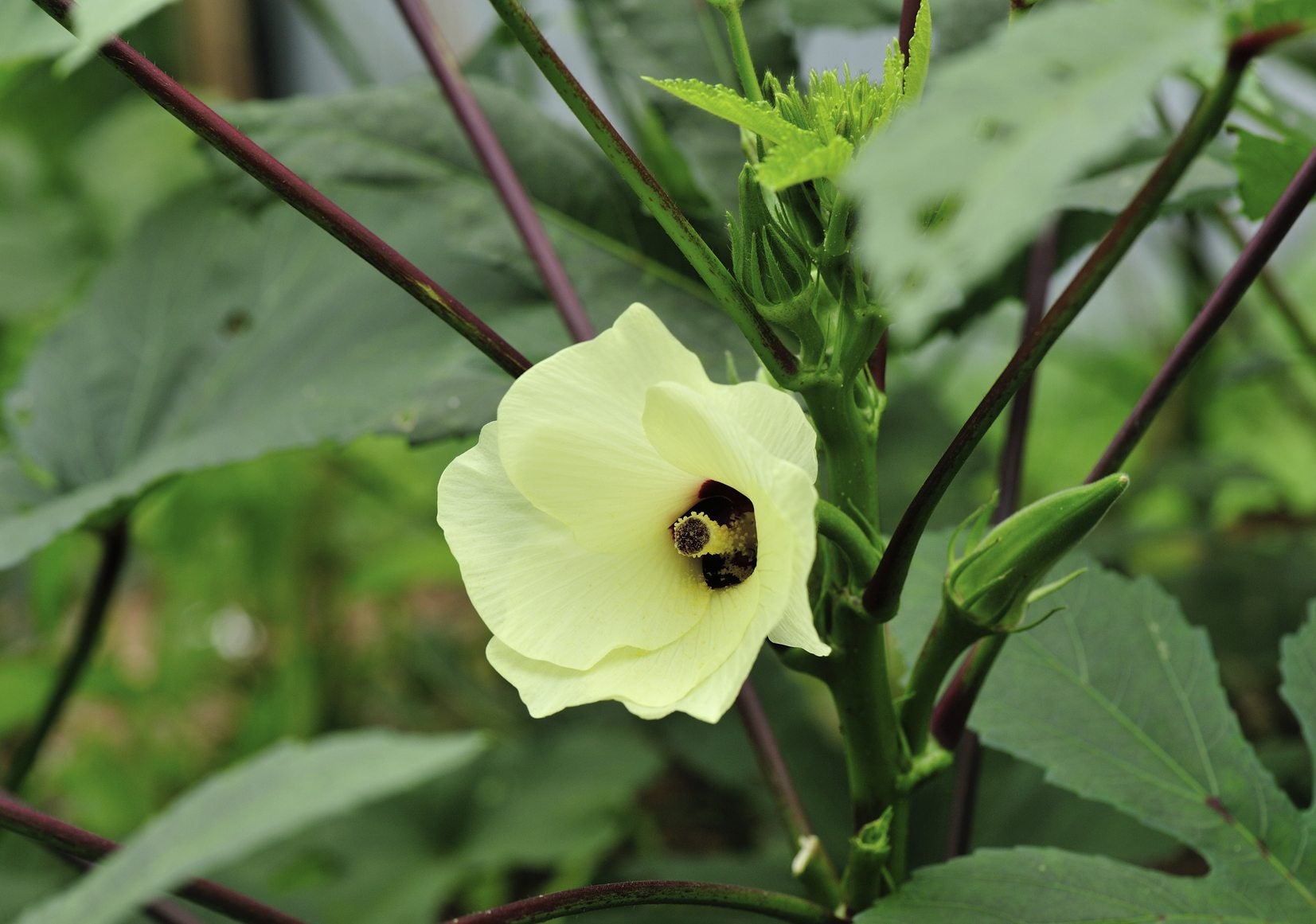
Okra, you probably love it or hate it. If you are in the “love it” category, then you are probably already, or thinking of, growing it. Okra, like other plants, can benefit from okra plant companions. Okra plant companions are plants that thrive with okra. Companion planting with okra can deter pests and generally boost growth and production. Keep reading to find out what to plant near okra.
Companion Planting with Okra
Companion planting strives to boost harvests by situating plants that have symbiotic relationships. Used for centuries by Native Americans, selecting the right companions for okra cannot only reduce pests, but also provide a safe haven for beneficial insects, boost pollination, enrich the soil, and in general diversify the garden–all of which will result in healthier plants that are able to fend off disease and produce bountiful crops.
What to Plant near Okra
An annual vegetable that thrives in warm regions, okra (Abelmoschus esculentus) is a rapid grower. Extremely tall plants, okra can get up to 6 feet (2 m.) in height by the end of the summer. This makes it a useful companion in its own right to plants such as lettuce. The tall okra plants shield the tender greens from the hot sun. Plant lettuce between the okra plants or behind a row of emerging seedlings. Spring crops, like peas, make great companion plants for okra. These cooler-weather crops do well interplanted in the shade of okra. Plant a variety of spring crops in the same rows as your okra. The okra seedlings won’t crowd the spring plants until temps are higher. By then, you will have already harvested your spring crops (like snow peas), leaving the okra to take over space as it grows in earnest. Another spring crop, radishes marry perfectly with okra and, as an added bonus, peppers too. Plant both the okra and radish seeds together, 3 to 4 inches (8-10 cm.) apart in a row. The radish seedlings loosen the soil as the roots grow, which allows the okra plants to grow deeper, stronger roots. Once the radishes are ready to harvest, thin the okra plants to a foot (31 cm.) apart and then transplant pepper plants between the thinned okra. Why peppers? Peppers repel cabbage worms, which love to feed on young okra foliage. Finally, tomatoes, peppers, beans, and other vegetables are a great food source for stink bugs. Planting okra near these garden crops draws these pests away from your other crops. Not just veggie plants do well as companions for okra. Flowers, such as sunflowers, also make great companions. The brilliantly colored blooms attract natural pollinators, which in turn visit the okra flowers resulting in large, plump pods.
Gardening tips, videos, info and more delivered right to your inbox!
Sign up for the Gardening Know How newsletter today and receive a free copy of our e-book "How to Grow Delicious Tomatoes".

Amy Grant has been gardening for 30 years and writing for 15. A professional chef and caterer, Amy's area of expertise is culinary gardening.
-
 Looking For Plants To Give You The Soft And Fuzzies? Try These 5 Fuzzy Leaf Plant Options
Looking For Plants To Give You The Soft And Fuzzies? Try These 5 Fuzzy Leaf Plant OptionsLovers of texture, drama, silver foliage and tactile plants will adore these special sensory garden additions. These fuzzy leaf plant options will leave you all aglow
By Susan Albert
-
 Get Ready For A Summer Of Hummers! Grow These Full Sun Hummingbird Plants and Flowers
Get Ready For A Summer Of Hummers! Grow These Full Sun Hummingbird Plants and FlowersIf you’re lucky enough to enjoy a sunny backyard, make sure you are maxing out on your pollinator opportunities and grow these full sun hummingbird plants and flowers
By Tonya Barnett
-
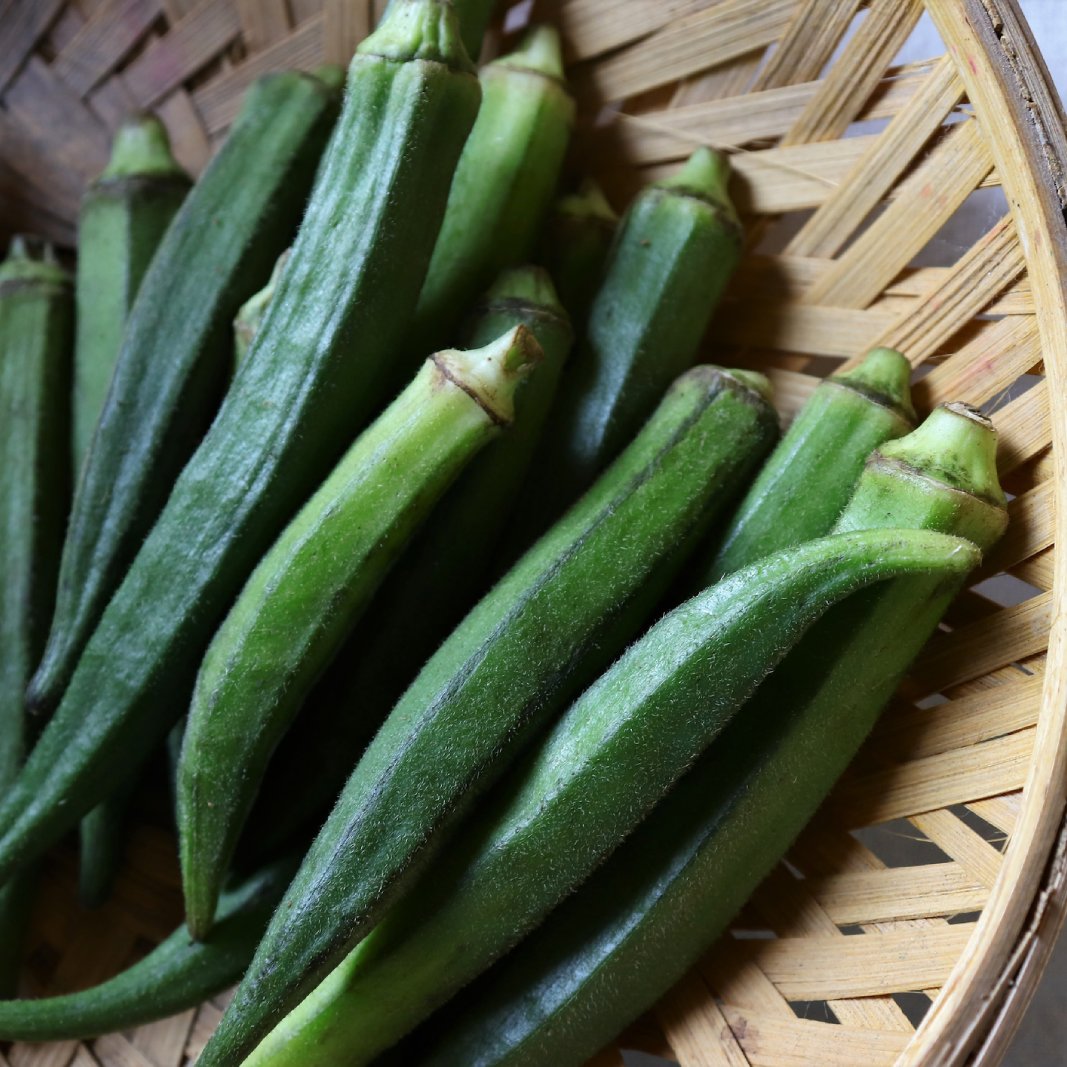 How To Store Okra After Picking
How To Store Okra After PickingLearn how to store fresh okra for up to a year by canning or freezing the harvest. For short-term storage it can go in the refrigerator for two or three days.
By Susan Albert
-
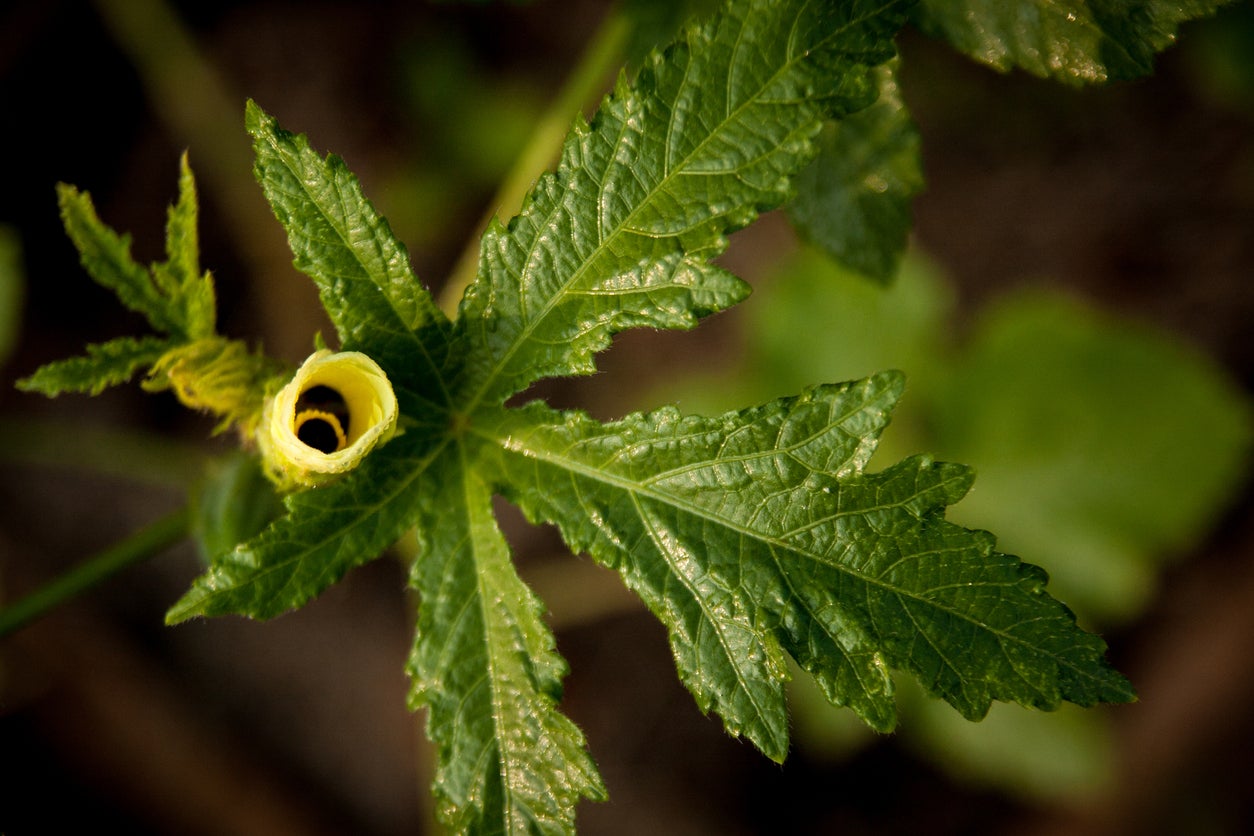 Edible Okra Leaves – Can You Eat The Leaves Of Okra
Edible Okra Leaves – Can You Eat The Leaves Of OkraMany northerners may not have tried it, but okra is quintessentially southern and linked to the cuisine of the region. Even so, many southerners typically just use the okra pods in their dishes, but what about eating the okra leaves? Can you eat the leaves of okra? Find out here.
By Amy Grant
-
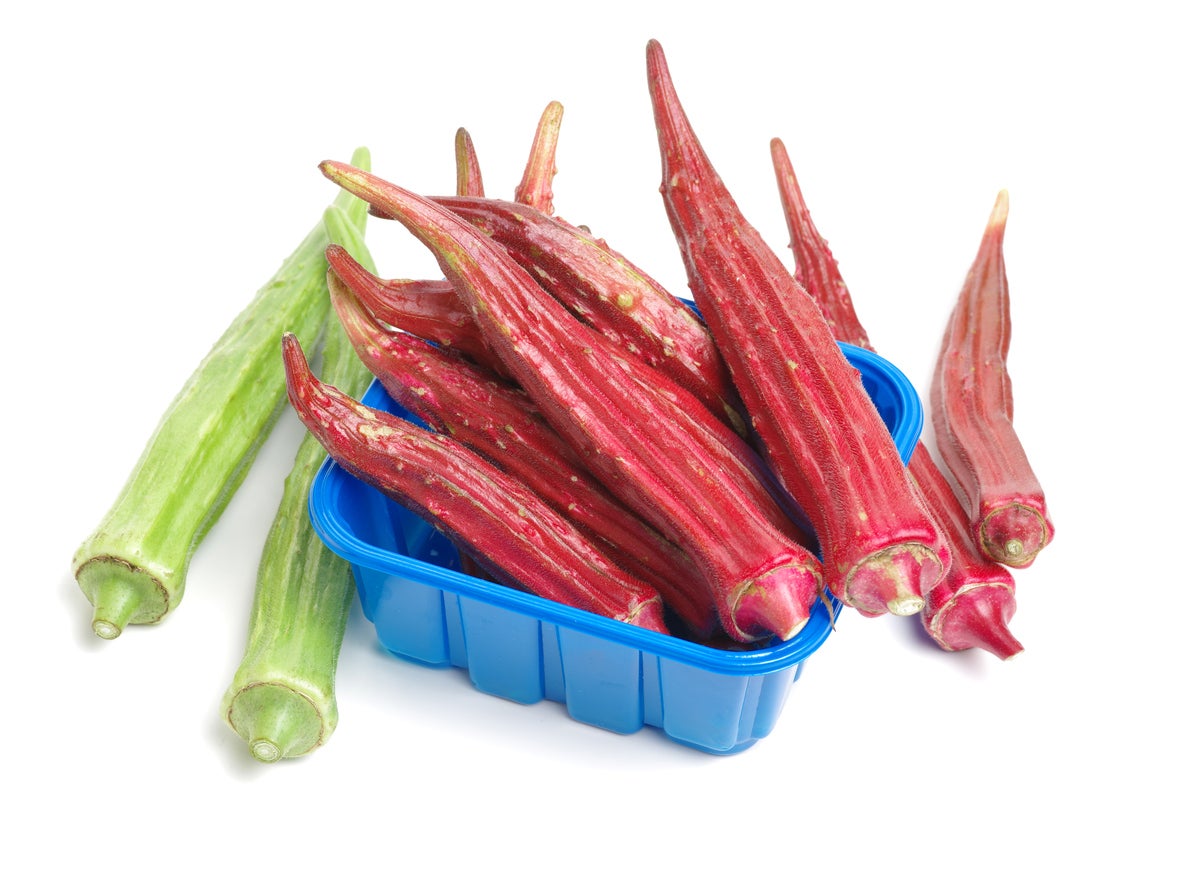 Okra Plant Varieties: Learn About Different Types Of Okra Plants
Okra Plant Varieties: Learn About Different Types Of Okra PlantsBy Teo Spengler
-
Okra Charcoal Rot Information: Learn About Treating Okra Charcoal Rot
Charcoal rot can be a devastating disease for a number of crops, causing rot in the roots and stems, inhibiting growth, and lowering yield. Charcoal rot of okra has the potential to wipe out that section of your garden and even infect other vegetables. Learn more here.
By Mary Ellen Ellis
-
Treating Blight On Okra Plants: Recognizing Southern Blight In Okra Crops
There are times when even the most ardent lover of okra is left with a bad taste in their mouth – and that is when there is blight on okra plants in the garden. Just what is okra southern blight and how do you treat okra with southern blight? Click here to find out.
By Shelley Pierce
-
Cotton Root Rot Of Okra: Managing Okra With Texas Root Rot
Cotton root rot of okra, is a nasty fungal disease that attacks many species of plants. The disease, which favors highly alkaline soils and hot summers, is limited to the Southwestern United States. Learn what you can do about okra with Texas root rot in this article.
By Mary H. Dyer
-
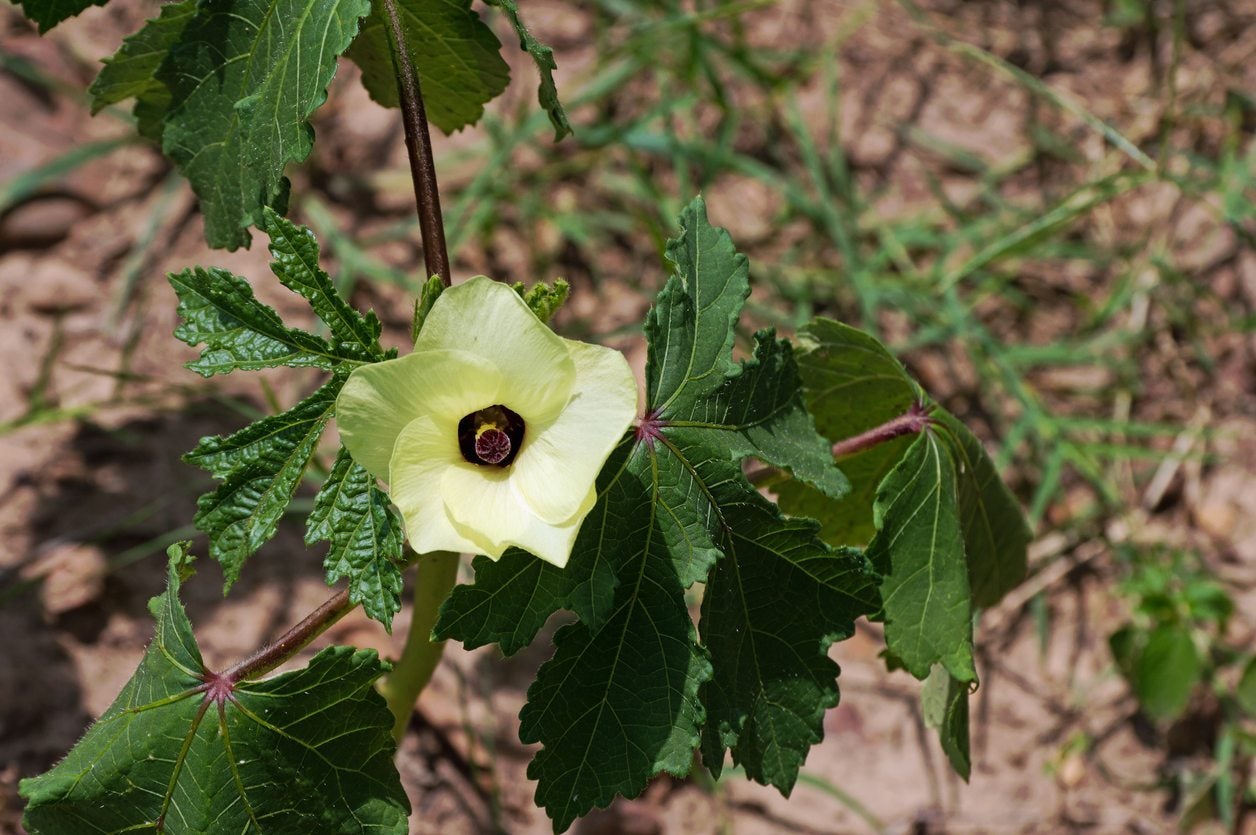 My Okra Flowers Are Falling Off: Reasons For Okra Blossom Drop
My Okra Flowers Are Falling Off: Reasons For Okra Blossom DropOkra is a beloved vegetable, partly because it can live and produce happily even in extreme heat. Because it's usually so reliable, it can be especially frustrating if your okra plant doesn't produce like it should. One such problem is okra blossom drop. Learn more here.
By Liz Baessler
-
 Nematode Okra Problems – Treating Okra With Root Knot Nematodes
Nematode Okra Problems – Treating Okra With Root Knot NematodesSouthern Americans are not the only ones who love their okra; okra root knot nematodes have a penchant for it as well. Okra with root knot nematodes can cause serious losses. How can root knot nematodes on okra be managed? This article can help with that.
By Amy Grant